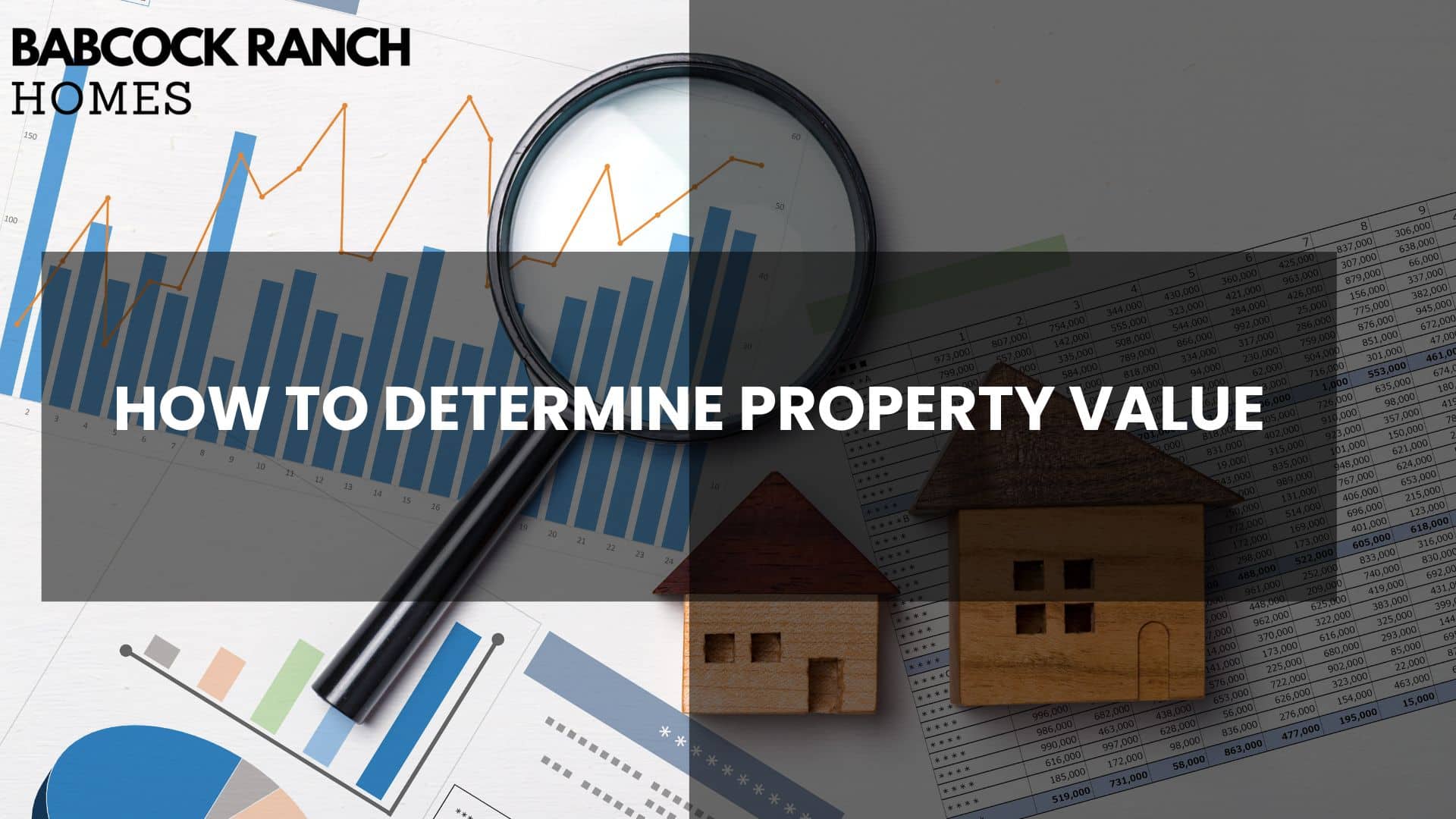
The U.S. real estate market added $2.5 trillion in value last year alone, yet fewer than 20% of new agents survive past their first five years. This contrast highlights both the explosive potential and fierce competition in the industry. For self-starters with a passion for property, architecture, and strategic negotiation, launching a venture in this field offers unmatched rewards.
Rising home prices and shifting buyer demands create prime conditions for entrepreneurs. Markets like Babcock Ranch, Florida, exemplify this growth, blending sustainability-focused communities with high demand for skilled professionals. Success here hinges on more than luck—it requires sharp communication skills, adaptability, and a systematic approach to client relationships.
This guide strips away the guesswork. You’ll uncover actionable strategies to build credibility, navigate licensing requirements, and identify underserved niches. Instead of vague theories, expect clear frameworks used by top performers to avoid costly missteps and accelerate growth.
Key Takeaways
- Current market trends favor entrepreneurs entering the property sector
- Strong interpersonal skills and self-discipline are non-negotiable assets
- Strategic planning separates thriving ventures from short-lived attempts
- Emerging markets offer unique advantages for innovative professionals
- Proven systems reduce risk during the critical launch phase
Understanding Your Real Estate Business Foundations
Successful ventures in property markets begin with sharp analysis, not guesswork. Your ability to spot patterns in buyer behavior and inventory shifts determines long-term viability. Emerging areas like Babcock Ranch showcase how sustainability trends reshape local demand.

Exploring Market Trends and Niche Opportunities
Residential properties dominate many regions, but commercial spaces often yield higher returns. Analyze zoning changes and infrastructure projects to predict growth areas. Revitalizing neighborhoods with new schools or transit hubs frequently signal rising property values.
Specializing in underserved niches creates differentiation. Luxury waterfront homes or mixed-use developments might lack expert representation in your area. Track absorption rates for specific property categories to identify gaps competitors overlook.
Assessing Local Demographics and Regional Insights
First-time buyers under 35 drive 38% of purchases in expanding markets. Their preferences for smart home features differ from retirees seeking single-level layouts. Commercial clients prioritize visibility and zoning flexibility when selecting locations.
Seasonal fluctuations impact coastal regions more than urban centers. Coastal towns see 40% higher summer sales, while cities maintain steadier year-round activity. Tailor your marketing cycles to these rhythms for maximum impact.
Regional databases from planning departments reveal permit trends. Rising commercial permits in a suburb often precede residential demand as workers seek nearby housing. Pair this data with school district ratings to advise clients strategically.
Developing a Robust Business Plan
Crafting a detailed roadmap separates thriving ventures from fleeting attempts in competitive markets. Your blueprint must align daily operations with overarching objectives while allowing room for market shifts. Three elements form this foundation: core principles, measurable targets, and adaptable execution frameworks.

Establishing Your Mission, Vision, and Goals
Define your non-negotiable values first. What unique approach will distinguish your services? Answering this shapes client interactions and hiring decisions. Financial targets need specificity—aim for milestones at one, five, and ten-year intervals to maintain momentum.
Traditional planning methods involve comprehensive market analysis and operational details. These 30+ page documents suit ventures seeking institutional funding. Lean models prioritize flexibility, condensing key objectives onto a single page for rapid iteration as conditions evolve.
Mapping Out Short-Term and Long-Term Strategies
Immediate priorities might include licensing completion or building local partnerships. Create 90-day action plans with clear success metrics. For scaling phases, identify expansion markets through demographic shifts or infrastructure developments.
Balance tactical wins with visionary growth. Quarterly reviews ensure strategies remain relevant amid changing regulations or consumer preferences. This dual focus turns abstract goals into tangible results while maintaining competitive agility.
Obtaining Necessary Education and Licensure
Navigating licensure requirements forms the backbone of your professional credibility in property transactions. While processes differ across states, all jurisdictions prioritize thorough preparation and adherence to ethical standards. Proper planning ensures compliance while building expertise clients trust.

Meeting Prelicensing and Exam Requirements
Begin by completing state-approved coursework covering contracts, ethics, and property laws. These courses equip you with foundational knowledge for passing licensing exams. Most applicants spend 60-90 hours studying before attempting these rigorous tests.
After passing exams, submit applications with required documentation and fees. Processing times vary—some states approve submissions in weeks, others take months. Partnering with an experienced broker during this phase helps navigate paperwork efficiently.
Preparing for State-Specific Regulations
Each state maintains unique rules governing disclosures, agency relationships, and transaction protocols. Coastal regions often have stricter environmental regulations, while urban markets emphasize zoning compliance. Review your jurisdiction’s licensing portal annually for updates.
Continuing education keeps your skills sharp post-licensure. Many states mandate periodic courses on topics like fair housing laws or digital marketing trends. Staying current positions you as a knowledgeable resource in shifting markets.
How to Start a Real Estate Business
Focused execution separates thriving professionals from those who struggle in competitive markets. Your first moves set the trajectory for sustainable growth, requiring equal parts strategy and adaptability.
Essential Steps and Strategies to Get Started
Begin with granular market analysis. Identify neighborhoods showing price appreciation rates above regional averages. Compare inventory levels across property types to spot undersupplied categories.
- Complete licensing requirements while researching local zoning changes
- Design financial projections covering 6-month and 18-month milestones
- Create outreach templates for consistent client communication
- Partner with staging companies or contractors for referral networks
- Develop branded materials highlighting your niche expertise
Troubleshooting Common Obstacles
Fluctuating cash flow challenges many new entrepreneurs. Mitigate this by diversifying income streams—consider property management services alongside sales.
- Automate administrative tasks using CRM tools
- Block time daily for lead generation activities
- Track market indicators weekly to anticipate shifts
Seasonal slowdowns demand proactive planning. Build client pipelines during peak periods to maintain momentum year-round. Adapt your approach as local dynamics evolve, staying ahead through continuous learning.
Building a Professional Network and Brand
Strong professional relationships form the cornerstone of sustainable growth in property markets. In communities like Babcock Ranch, credibility grows through visible expertise and community engagement rather than self-promotion. Your reputation becomes currency when clients trust your judgment implicitly.
Establishing Credibility in Your Market
Consistent results and ethical practices attract referrals naturally. Share market insights through local workshops or neighborhood newsletters to demonstrate knowledge. Over 72% of clients choose professionals who provide clear value before formal engagements begin.
Implementing CRM tools streamlines client interactions while maintaining personal touches. Track preferences for property features or communication styles to build rapport. Positive reviews from satisfied buyers then amplify your visibility organically.
Leveraging Industry Events and Partnerships
Attend trade conferences and builder expos to connect with contractors and lenders. These connections create referral pipelines that benefit all parties. Chamber of Commerce memberships often lead to collaborative projects with local businesses.
Align your brand visuals and messaging across all platforms for instant recognition. Partner with home inspectors or landscapers to offer bundled services. This approach positions your company as a one-stop resource in competitive markets.
Securing Funding and Managing Financials
Financial stability forms the backbone of sustainable operations in competitive markets. Strategic planning ensures you maintain liquidity while pursuing growth opportunities. Three pillars support this balance: anticipating cash flow patterns, selecting appropriate capital sources, and maintaining meticulous records.
Identifying Startup and Ongoing Financial Needs
Your financial roadmap begins with startup expenses like legal formation costs and software subscriptions. These foundational investments establish operational readiness. Recurring costs such as marketing campaigns and team compensation require monthly budget allocations to avoid shortfalls.
Growth phases introduce new financial demands. Expanding into adjacent markets or upgrading technology systems often requires reserved capital. Forecasting these needs early prevents operational disruptions during scaling periods.
Exploring Alternative Funding Options
Self-funding offers full autonomy but limits initial capacity. External solutions like microloans or venture capital provide leverage for rapid scaling. Government grants appeal to mission-driven ventures addressing community needs.
Prepare documentation demonstrating fiscal responsibility before approaching lenders. Organized tax records and cash flow projections build investor confidence. Diversified funding streams create resilience against market fluctuations while supporting long-term objectives.
Leveraging Digital Tools for Real Estate Success
Digital transformation reshapes property transactions across markets. Strategic technology adoption separates scalable operations from outdated practices. Modern professionals combine client-focused platforms with data-driven decision-making.
Creating a Professional Website Reflecting Your Values
Your website acts as a 24/7 sales office and information hub. Prioritize mobile-responsive designs with clear property search functions. Include direct chat features and multiple contact methods to convert visitors quickly.
Optimize content with local SEO keywords like neighborhood names and property types. Showcase high-resolution images and video walkthroughs as your portfolio grows. Client testimonials build trust before face-to-face meetings occur.
Utilizing CRM and Marketing Software for Growth
CRM systems centralize client data for personalized follow-ups. Track interactions from initial inquiry through closing to refine your sales model. Automated reminders ensure no lead slips through cracks.
Targeted email campaigns keep your business top-of-mind during decision phases. Sync marketing tools with MLS listings for real-time property updates. This integrated approach streamlines management tasks while boosting conversion rates.



















